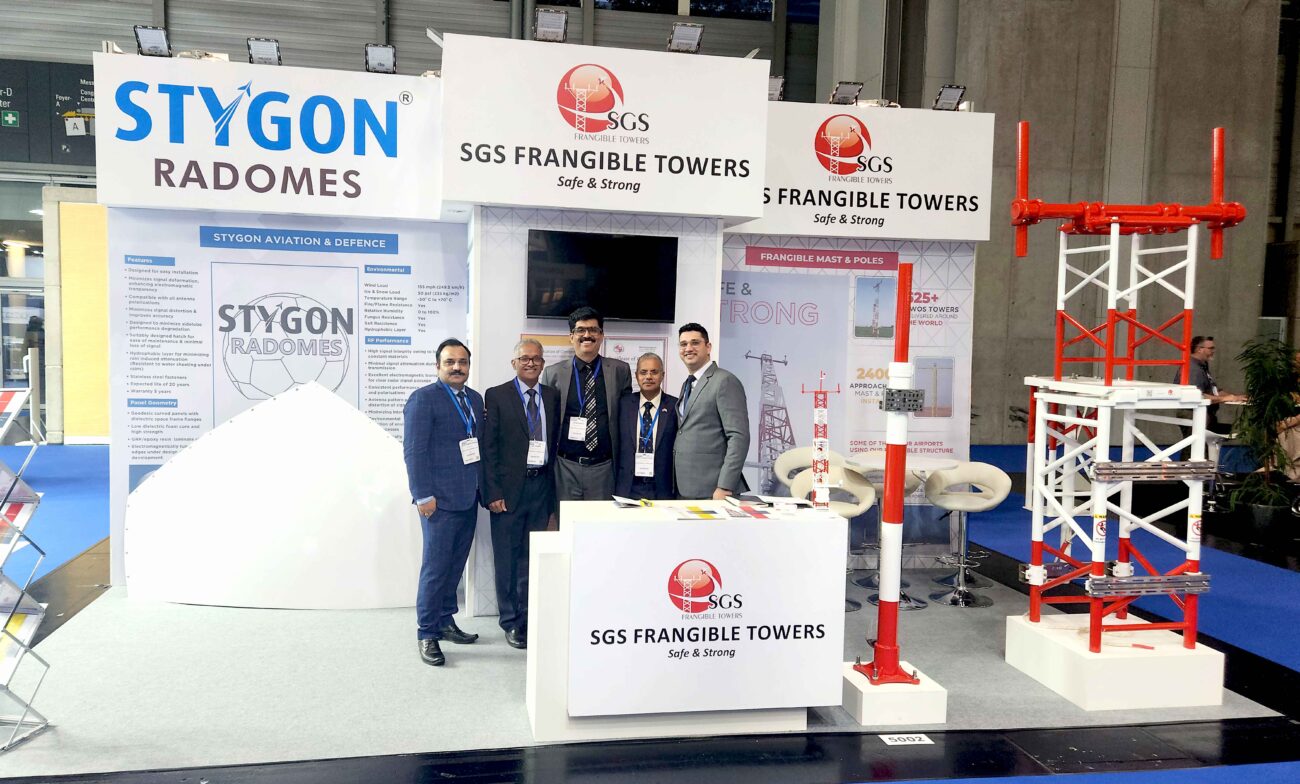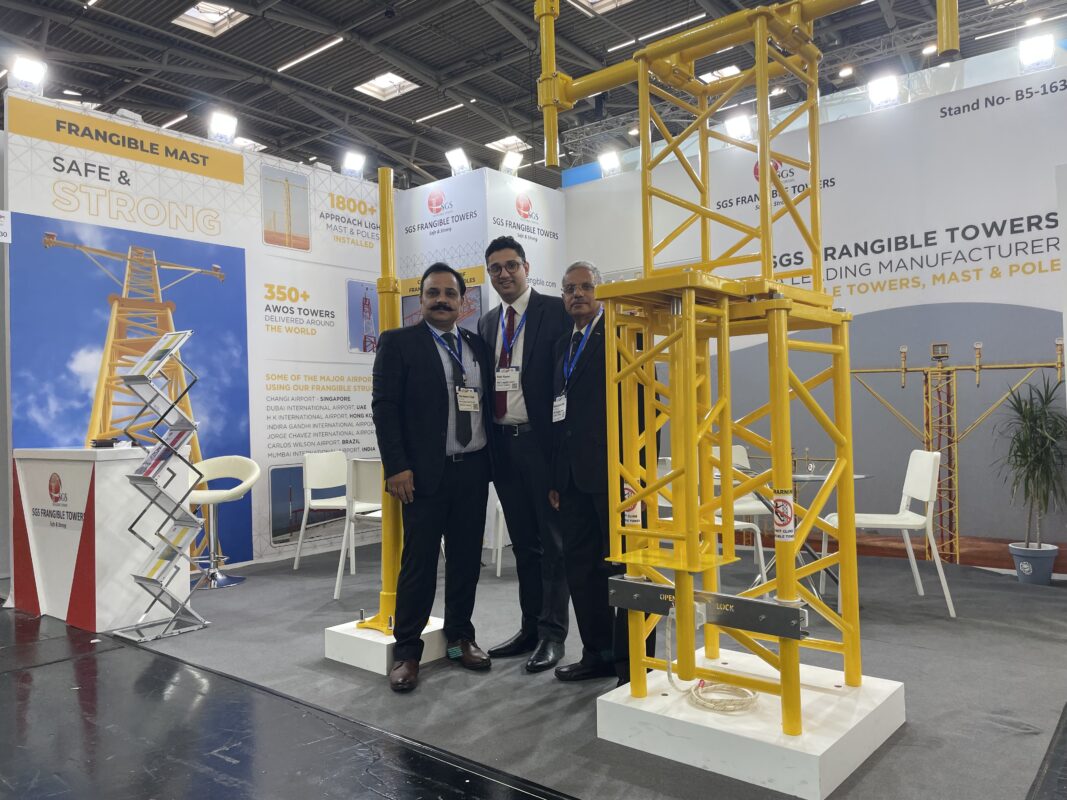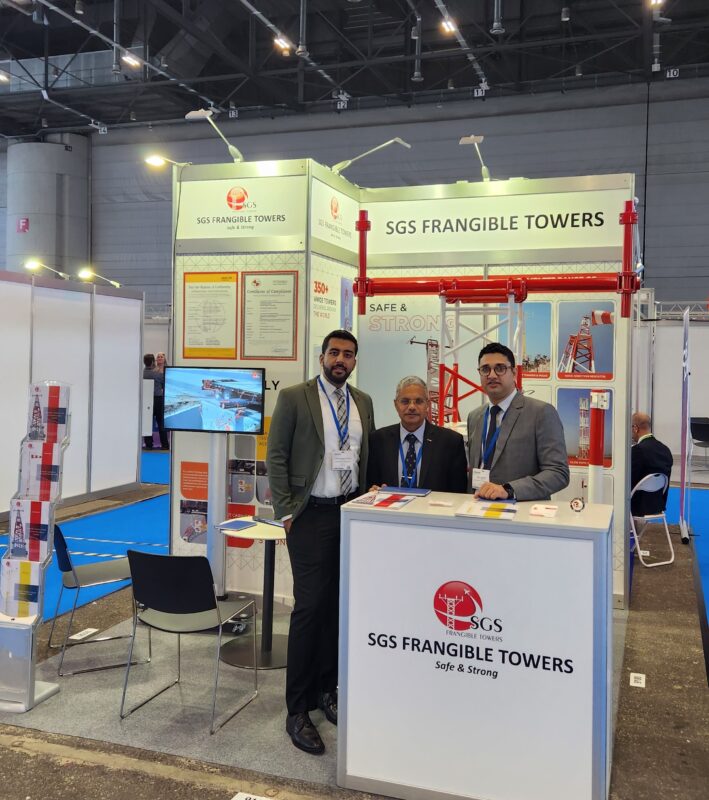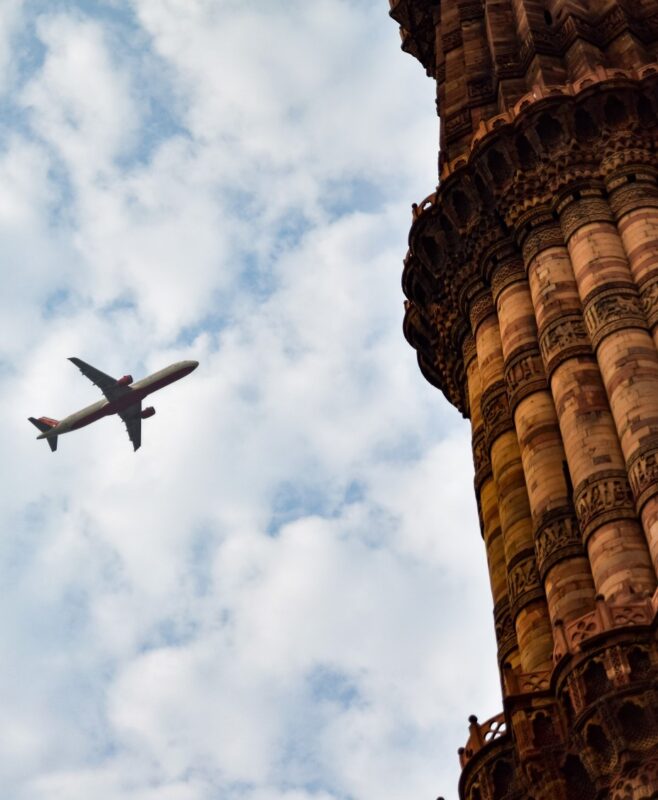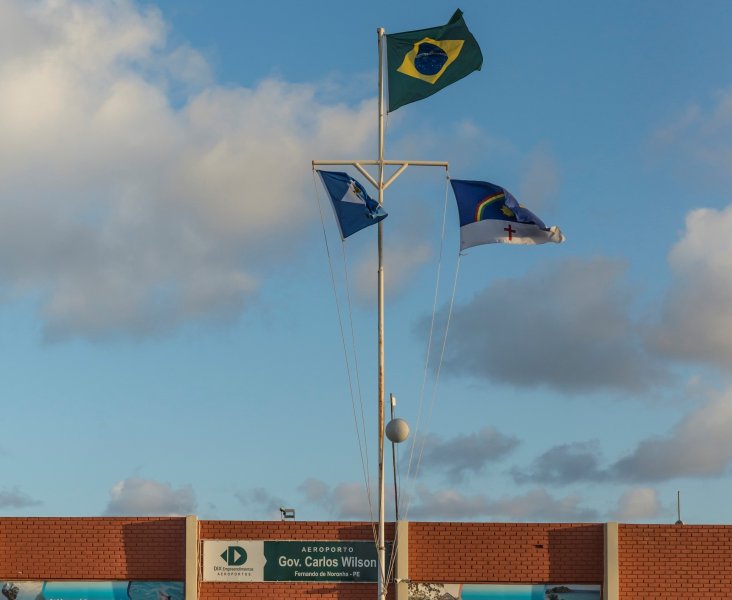22 Nov 2021
Safe landing during rough weather
Safe landing during rough weather
How does a plane land in heavy wind?
What problems can snow cause?
How to land a plane when thick fog reduces visibility?
All these questions occupy the mind space when we think about safe landing during rough and tough weather conditions. But before we get to know how safe landing is actually done, it is necessary to be aware about what happens when undesirable weather appears surprisingly.
Snow and ice
Heavy snow can decrease the visibility whereas ice can get accumulated on the runways. For this, airports have to remove the snow and de-ice the runways for allowing the aircraft to land safely. Since, flights can’t take land until the runways are vacant it leads to delays and cancellations.
Wind
Aircrafts are affected by wind as they have a large surface area. Moreover, a huge fin at the back that acts like a weather vane pushes the plane in the wind thereby making landing more challenging. Although there can be number of techniques that can be followed depending upon the aircraft to stop the wind blowing it away from the runway but it demands right direction, indications and experience to implement.
Fog
One of the weather conditions that hamper the landing of aircraft safely is fog. It not only makes the aircraft resist from successful landing on the runway but also creates obstacles on ground by making the task of locating taxiway and terminal building.
How safe landing is ensured then?
Well apart from pilots experience and expertise, ILS technology fully supports in landing an aircraft safely.
What is ILS?
ILS – Instrument Landing System is a type of navigation guidance that facilitates an instrument-based technique for guiding an aircraft to approach and land on a runway.
- It enable a safe landing even during challenging conditions such as low visibility by making use of a combination of radio signals.
- It provides the aircraft with a recommended path so that it can maintain its position; whether it’s horizontal position at the center of the runway or the vertical position for a smooth landing.
- An ILS comprises of lateral and vertical guidance subsystems. The first system works for providing lateral guidance restricting the aircraft shifting from the recommended path that is localizer and the second system provides vertical guidance that prevents any vertical deviation from the recommended path of descent that is glide slope or glide path.
- ILS guides with the help of two spatially separated transmitters that transmits a pair of amplitude-modulated signals for both desired directions – lateral and vertical, thereby ensuring landing safety to a great extent.
- In case, the aircraft deviates from its path, the aircraft positions are adjusted accordingly with provided inputs to bring it back to the positions of exact cancellation.
Bottom Line
As safe landing during rough weather involves both – human excellence and technology intervention, therefore the best airlines and airports keeps on innovating to ensure that they have the latest version of everything so that passenger and airport safety is never compromised; ILS is a vivid preview of that, so support airport and frangible technology for safe landing and safe flying.






